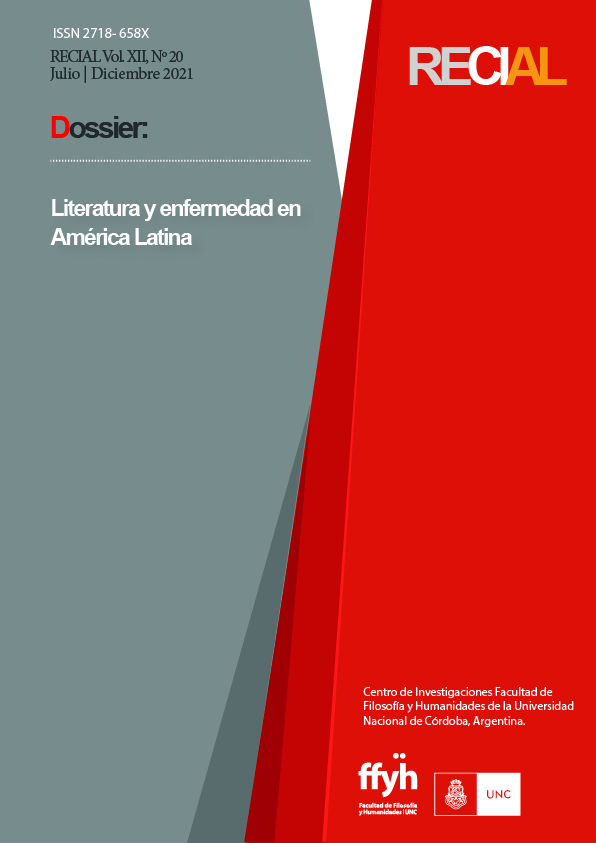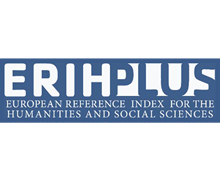Collector or archivist? Juan Carlos Romero, between whim and history
Keywords:
collector, archive, Argentinian visual poetry, signboard, contemporary artAbstract
In the following pages, we look into two aspects of conservation in the work of Juan Carlos Romero, visual artist from Buenos Aires (1931-2017). On the one hand, we reflect on his interest in collecting and, on the other hand, we consider his archival commitment. Both tasks are part of a horizon for the imagination of history, since, as we will try to show, they propose an aesthetic matrix focusing on the minor aspects of some collective episodes. For Romero, history is the narrative of life in a given time through its materials. This article deals with the process of moving from his collection to the archive. We will then analyze the internal fictions that bind together the documents, the ways of acquiring the pieces, and their documentary direction. In this sense, we come to the conclusion that the collection pieces are waiting for new dispositions to give sense to the present.
Downloads
References
Adorno, Th. (2008). Prismas. En Autor, Crítica de la cultura y sociedad I (pp. 6-351). Madrid: Akal.
Benjamin, W. (1982). Historia y coleccionismo: Eduard Fuchs. En Autor, Discursos Interrumpidos (pp. 89-135). Madrid: Taurus.
Benjamin, W. (2010). Voy a desembalar mi biblioteca. En Autor, Obras Completas (Vol.4, Libro 1, pp. 337-345). Madrid: Abada.
Benjamin, W. (2013). El París de Baudelaire. Buenos Aires: Eterna Cadencia.
Benjamin, W. (2016). Libro de los pasajes. Madrid: Akal.
Benjamin, W. (2019). Iluminaciones. Buenos Aires: Taurus.
Cañada, L. (2015). Memorias en construcción. El archivo de Juan Carlos Romero. NIMIO. Revista de la cátedra Teoría de la Historia, (N.° 2), pp. 66-72.
Didi-Huberman, G. (2009). La imagen superviviente. Historia del arte y tiempo de los fantasmas según Aby Warburg. Madrid: Abada.
Didi-Huberman, G. (2012). Arde la imagen. Oaxaca: Ediciones Ve.
Foster, H. (2004/2016). El impulso de archivo. NIMIO. Revista de la cátedra Teoría de la Historia, (N.° 3), pp. 102-125.
García, L. (2012). Soberanía sobre las ruinas. Walter Benjamin trapero de la historia. En Korinfeld, D; Villa, A (Comps.) Juventud, memoria y transmisión. Pensando junto a Walter Benjamin. Buenos Aires: Noveduc.
Giunta, A. (2010). Objetos mutantes. Sobre arte contemporáneo. Santiago de Chile: Palinodia.
Guasch, A. (2011). Arte y archivo 1920-2010 Genealogías, tipologías y discontinuidades. Madrid: Akal.
Ranciere, J. (2014). El reparto de lo sensible. Estética y política. Buenos Aires: Prometeo.
Rolnik, S. (2008). Furor de archivo. Revista colombiana de filosofía de la ciencia, N.° IX (N.° 18-19), pp. 9-22.
Romero, J; Davis, F; Longoni, A. (2020). Romero. Buenos Aires: Fundación Espigas.
Valderrama, M. (2015). Traiciones de Walter Benjamin. Buenos Aires: La Cebra/Palinodia.
Weschler, D. (05 de marzo de 2019). Se vendió y no se sabe dónde está. La historia de la colección de afiches políticos más importante del país. Diario Cronista. Recuperado de https://www.cronista.com/clase/checklist/Se-vendio-y-no-se-sabe-donde-esta-la-historia-de-la-coleccion-de-afiches-politicos-mas-importante-del-pais-20190305-0001.html
Downloads
Published
Issue
Section
License

This work is licensed under a Creative Commons Attribution-NonCommercial-ShareAlike 4.0 International License.
Aquellos/as autores/as que tengan publicaciones en esta revista, aceptan los términos siguientes:
- Los/as autores/as conservarán sus derechos de autor y garantizarán a la revista el derecho de primera publicación de su obra, el cuál estará simultáneamente sujeto a la Licencia de reconocimiento de Creative Commons que permite a terceros compartir la obra siempre que se indique su autor y su primera publicación esta revista.
- Los/as autores/as podrán adoptar otros acuerdos de licencia no exclusiva de distribución de la versión de la obra publicada (p. ej.: depositarla en un archivo telemático institucional o publicarla en un volumen monográfico) siempre que se indique la publicación inicial en esta revista.
- Se permite y recomienda a los/as autores/as difundir su obra a través de Internet (p. ej.: en archivos telemáticos institucionales o en su página web), luego de su publicación en la revista. (Véase El efecto del acceso abierto).

























